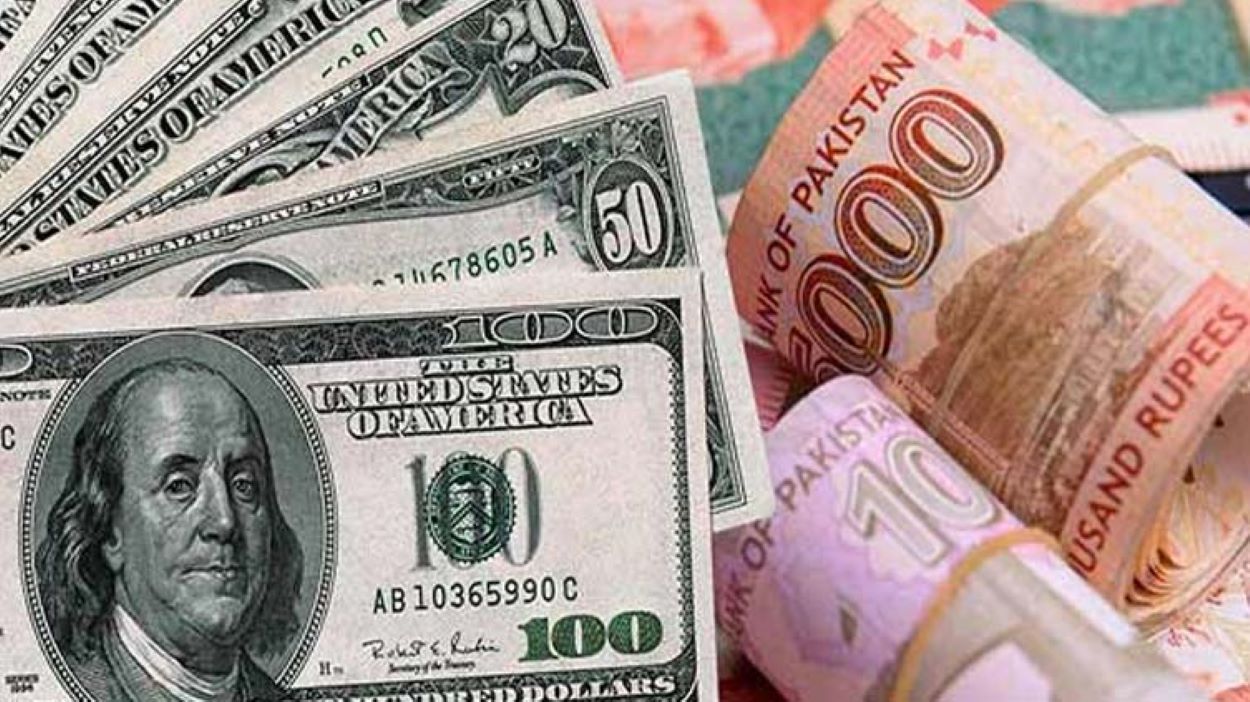On Wednesday, the Pakistani rupee experienced a significant devaluation against the dollar, falling by Rs3.26 or 1.16%, leading to a closing value of 280.29 in the interbank market, as the State Bank of Pakistan (SBP) reported. This downturn follows the currency’s prior stability, with a notable 28-day increase in value recently ended by necessary market adjustments. Analysts recognize several contributing factors to this decline, such as mounting import pressure amidst broader economic challenges.
The currency had strengthened significantly from September 5-17, gaining 10.9% or Rs30.3 against the dollar. This winning streak, however, concluded with a market correction triggered by the rupee’s over-appreciation. Dr. Khaqan Hassan Najeeb, the former adviser to the Ministry of Finance, emphasized that Pakistan’s market-based exchange system naturally experiences fluctuations driven by supply and demand dynamics. He acknowledged that several factors, including regulatory measures against illegal currency markets, reduced dollar demand, and increased remittances, had initially favoured the rupee. Nonetheless, impending foreign debt obligations, import requirements, and potential slowdowns in financial inflows have reversed this trend, evident in the rupee’s latest Rs3.26 depreciation.
Economic Strategies and Future Projections for the Rupee
Addressing the currency’s future, experts suggest proactive strategies to stabilize the economy. For instance, securing international funding is crucial, considering Pakistan’s approximate $24 billion financing requirements for FY23. Continued support from global partners and financial pledges from forums like the Geneva International Conference are essential for maintaining external sector stability.
Sana Tawfik, Deputy Head of Research at Arif Habib Limited, explained that the rupee’s previous strength resulted from regulatory reforms and crackdowns affecting exchange companies, prompting currency hoarders and exporters to sell dollars. However, recent activities by importers have exerted downward pressure on the rupee. Compliance with IMF directives prevents Pakistan from limiting imports, contributing to the currency strain.
Tawfik predicts increased import activity will further challenge the rupee, though she advocates for a controlled, systematic market response. Despite the potential for the rupee to fall between 290-300 by December, she believes consistent regulatory vigilance will prevent drastic disparities between formal and informal currency markets. Affirming the IMF’s stance, she anticipates a range-bound, market-driven rupee, contending that enhanced inflows could foster gradual appreciation, avoiding sudden economic shocks.






